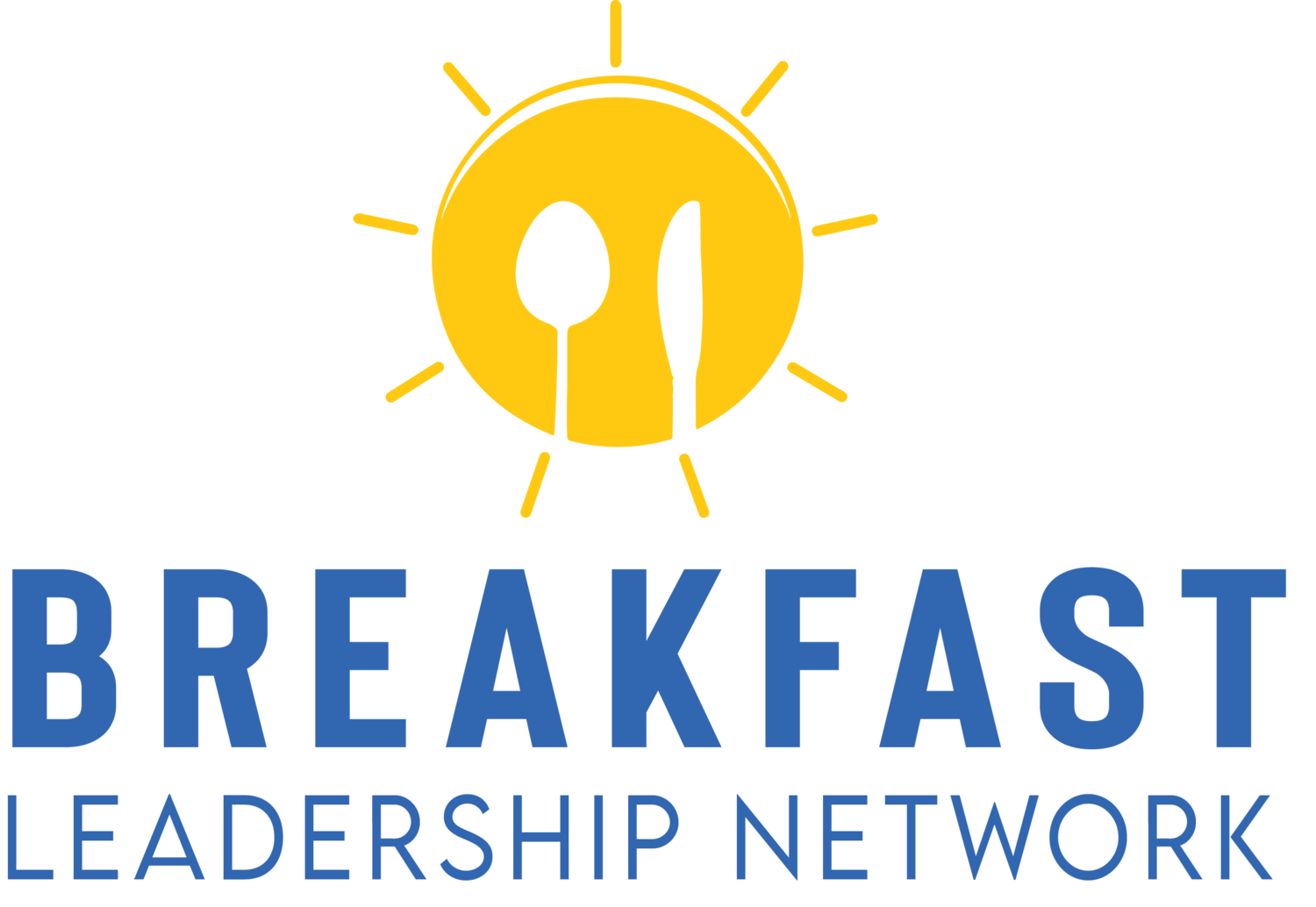How the Right Onboarding Retains Top Talent
Hiring the right talent is only half the battle in building a successful organization. The real challenge lies in retaining them. Studies consistently show that a well-structured onboarding process significantly impacts employee engagement, job satisfaction, and long-term retention. Research by the Brandon Hall Group found that organizations with a research process improve new hire retention by 82% and productivity by over 70%.
Why Proper Onboarding Matters
Onboarding is more than just an orientation session or paperwork completion. It is a strategic process designed to integrate new employees into the company culture, provide them with the tools for success, and set clear expectations. Here’s why a structured onboarding process is crucial:
1. Increases Employee Retention
The Society for Human Resource Management (SHRM) reports that up to 20% of employee turnover occurs within the first 45 days of employment. A poorly managed onboarding process can make employees feel disconnected and undervalued, leading them to seek other opportunities. Conversely, Gallup found that employees with a great onboarding experience were 2.6 times more likely to stay with the company.
2. Boosts Productivity
According to research by Harvard Business Review, new hires take an average of eight months to reach full productivity; A structured onboarding process accelerates this timeline by providing employees with the necessary resources, mentorship, and training to succeed.
3. Enhances Job Satisfaction
A study by Glassdoor found that organizations with strong onboarding processes improved new-hire job satisfaction by 50%. When employees feel supported and understand their role in the company’s mission, they are more engaged and motivated to perform.
4. Reduces Recruitment Costs
Depending on the position, replacing an employee can cost anywhere from 50% to 200% of their annual salary. By investing in a solid onboarding program, companies can reduce turnover and save significantly on recruitment and training expenses.
The Key Elements of an Effective Onboarding Process
A strong onboarding program should be more than just a checklist—it should be a dynamic, engaging, and comprehensive experience. Here are the key elements to include:
1. Preboarding
Provide new hires with essential information, such as company policies, benefits, and team introductions, before their first day. This will reduce the feeling of being overwhelmed on the first day and make employees feel welcome before entering the office.
2. Clear Expectations and Goals
Clearly outline job responsibilities, key performance indicators (KPIs), and long-term career growth opportunities. Employees perform better when they understand what is expected of them and how they can contribute to the organization’s success.
3. Mentorship and Support
Assigning a mentor or onboarding buddy can significantly enhance the onboarding experience. New hires often have many questions, and having a go-to person helps them feel supported and comfortable in their new role.
4. Cultural Integration
Beyond job responsibilities, new employees must feel aligned with the company’s values and culture. Hosting team lunches, social events, or informal coffee chats can help build connections and a sense of belonging.
5. Ongoing Training and Development
Onboarding should not be limited to the first week. A structured program that lasts 90 days or more ensures continuous learning, skill development, and alignment with company objectives.
The Fit and Growth Toolkit: A Game-Changer in Onboarding
The Fit and Growth Toolkit is one of the most effective solutions for ensuring a smooth and successful onboarding experience. This comprehensive resource helps organizations of any culture identify their strengths and set them on a path for long-term growth.
How the Fit and Growth Toolkit Enhances Onboarding
Customized Onboarding Plans: The toolkit provides tailored onboarding strategies that fit the unique needs of each new hire, ensuring they receive the proper support from day one.
Employee Growth Tracking includes tools to monitor employee progress, ensuring they develop the necessary skills and knowledge to excel in their roles.
Development Assessments: Helps organizations evaluate whether a new hire aligns with company values, reducing the likelihood of early turnover.
Feedback Mechanisms: This mechanism encourages continuous feedback from employees and managers, leading to a more engaging and adaptive onboarding experience.
Conclusion
A new hire's success depends not solely on their skills and experience but also on how they are introduced to the organization. A well-structured onboarding process can be the difference between an engaged, high-performing employee and one who leaves within a few months. Statistics prove that a strong onboarding experience leads to higher retention, increased productivity, and job satisfaction, so companies cannot overlook this critical step.
The Fit and Growth Toolkit offers an approach to onboarding, helping businesses create a seamless transition for new employees while fostering long-term success. Organizations build a skilled workforce that is deeply committed to their mission and growth by investing in proper onboarding.
Explore insights and strategies for success with Breakfast Leadership Network, your trusted source for leadership articles, shows, and more. Subscribe today to stay informed and inspired!
LinkedIn: https://linkedin.com/in/MichaelDLevitt
X: https://X.com/bfastleadership
Instagram: https://www.instagram.com/bfastleadership/
YouTube: https://youtube.com/@breakfastleadership?sub_confirmation=1
TikTok: https://www.tiktok.com/@bfastleadership
Blog: https://BreakfastLeadership.com/blog
Interviews: https://BreakfastLeadership.com/media
Podcast: https://apple.co/3ywz8SE
Books:
Burnout Proof: https://amzn.to/37prw48
The Great Resignation & Quiet Quitting: https://amzn.to/3JgeusB
Baby Boomer Burnout: https://amzn.to/3Yei4rf
369 Days: How To Survive A Year of Worst-Case Scenarios: https://amzn.to/38Zd807
Burnout: How You Entered The Path To Burnout: https://amzn.to/2GQWFyZ
